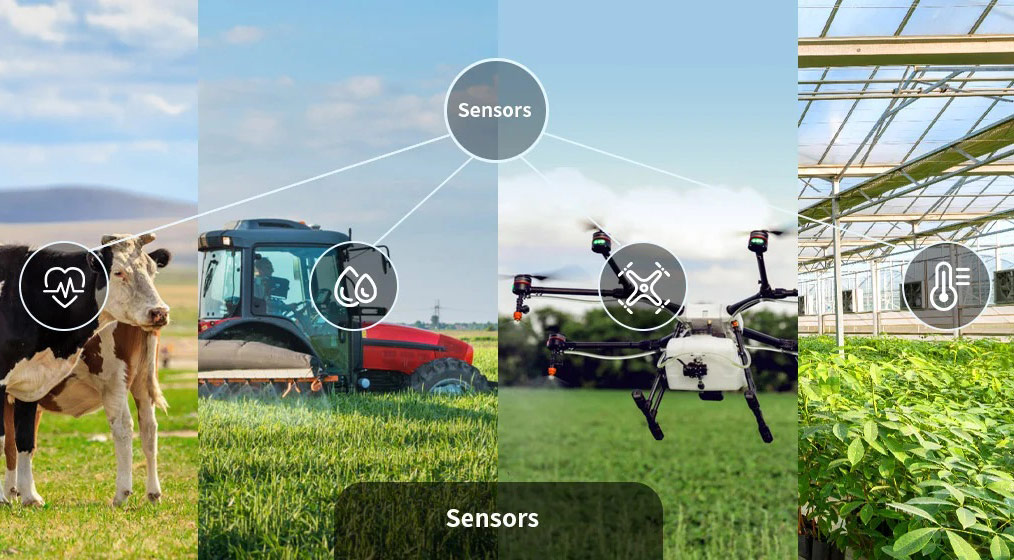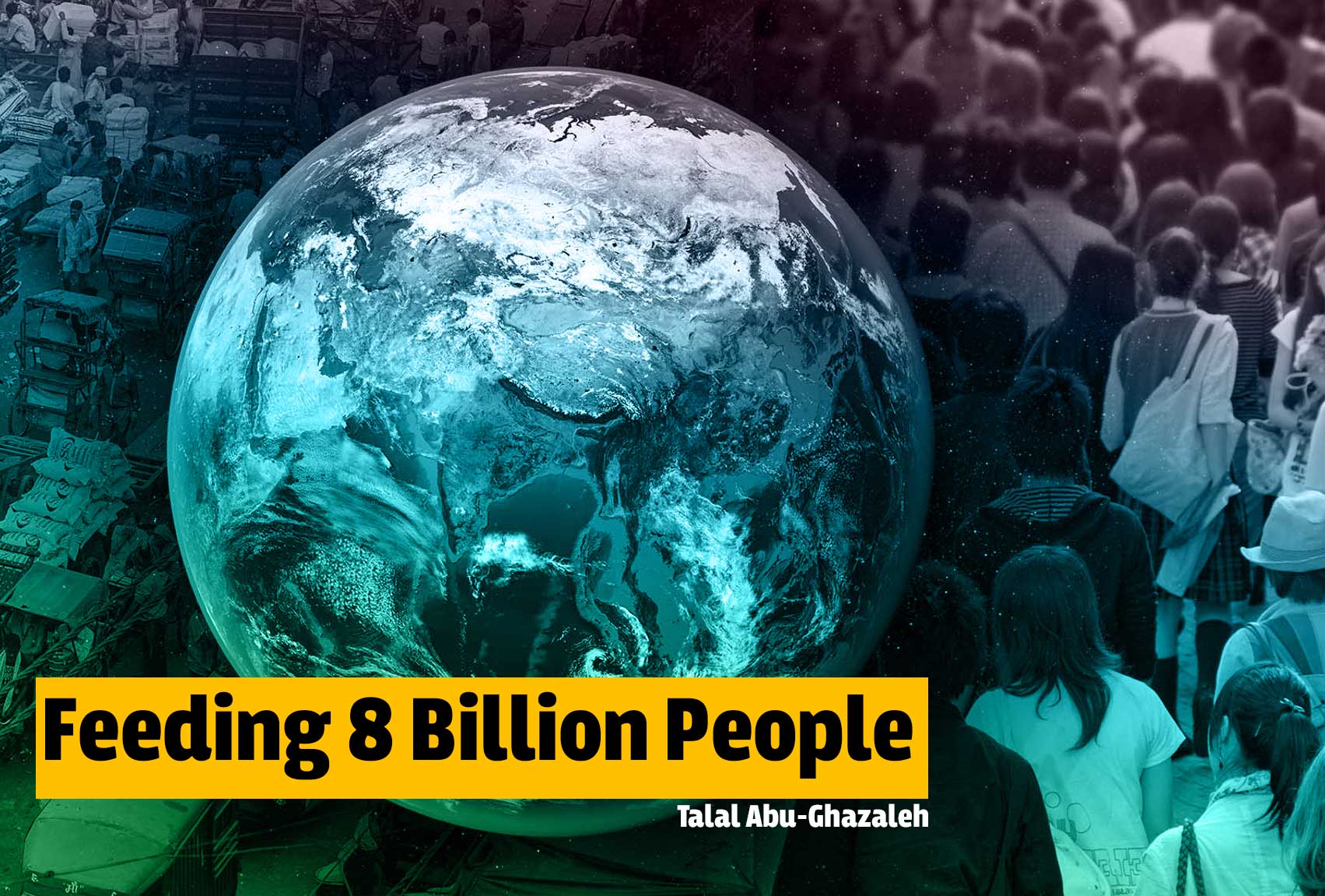Talal Abu-Ghazaleh
The United Nations has projected that the world population will reach 8 billion by 15 November 2022 and that India will surpass China as the world’s most populous nation in 2023. This increase is happening due to longer life expectancy because of improvements in public health, hygiene and medicine, as well as continued high fertility rates in some nations. We are now living longer than ever before, a reality which implies serious repercussions on feeding such a large population. That also means that the current food production levels need to increase to keep pace with the steady population growth.
Other huge implications relate to global agriculture and it is clear that our farmers need to be empowered to do more and with greater efficiency, as the growing burden of feeding these numbers will strain global resources. In my mind, this can only be done through the implementation of smart technologies to help reform our agricultural practices to meet the looming challenges that an increased population will require, and to decrease reliance on foreign imports which was not seen as an achilles heel until the Ukraine war happened. The UN predicts that global population numbers will reach 9 billion by 2037.
The only way through this major challenge is by the greater adoption of innovative farming technologies, and by transforming our farmers to knowledge workers. We need to be investing more in smart agricultural technology and to create smarter farmers. In particular, I see that digital technologies will play a growing role in enabling smart agriculture. Vast fields of crops and cattle, coupled with a huge array of factors governing the health, growth and harvesting of produce, means that intelligent management is the only way forward, particularly as climate change takes hold, bringing a new dimension of complexity to the global food equation.

Innovations in areas such as telecommunications, drones, IoT sensors, artificial intelligence (AI) based systems and big data, are starting to be used by farmers to make better decisions to improve their operations by giving them access to more meaningful information. This brings more certainty, predictability and control into farming as more informed decisions can be made based on live data, providing for better outputs and increasing yields.
The application of smart agriculture technologies allows accumulation of data from across an agricultural estate which can be correlated and analyzed through AI systems giving workers insights into all activities, ranging from equipment health, crop growth, weather conditions, right down to soil moisture levels. This technology must be used more to make intelligent decisions and rolled out in poorer nations that desperately need greater help.
Land can be quickly and easily monitored with the aid of drone technology, which together with IoT data, provides for a very useful suite of technologies for smart agriculture to come about. Computers are far better at correlating and analyzing masses of data than humans, allowing workers to make informed judgements using correlated information. Better forecasting and accurate knowledge on how much farmers can produce ensures that supply chains and end users are better informed of the quantities they have. This means that produce is not left to rot in local warehouses and allows for better distribution to take place.

Proper control over production also allows for better management of expenses and it reduces waste. By having technology that provides predictive analysis, agricultural workers can proactively work to mitigate risks facing livestock and yields by being better informed. Increased process automation allows for greater industrial efficiency and frees workers to engage in important tasks than just physical labour. This also allows for better yields to come about as a greater amount of land can be managed, fertilized and harvested through automation which ultimately results in greater revenue.
The quest for greater food production is critically challenging, at a time where the amount of arable land per capita is decreasing and greater deforestation is occurring, and because that impacts soil quality and causes degradation, it further complicates our ability to meet the global demand for food.
The only solution to this problem is the move toward data driven smart agriculture. This must be made affordable and available to all if real changes are going to be seen on a global scale. It is little use for only developed countries to have access to this technology. This must permeate through the entire fabric of global farming if we are to stand a chance of feeding billions of extra people in the future.
































